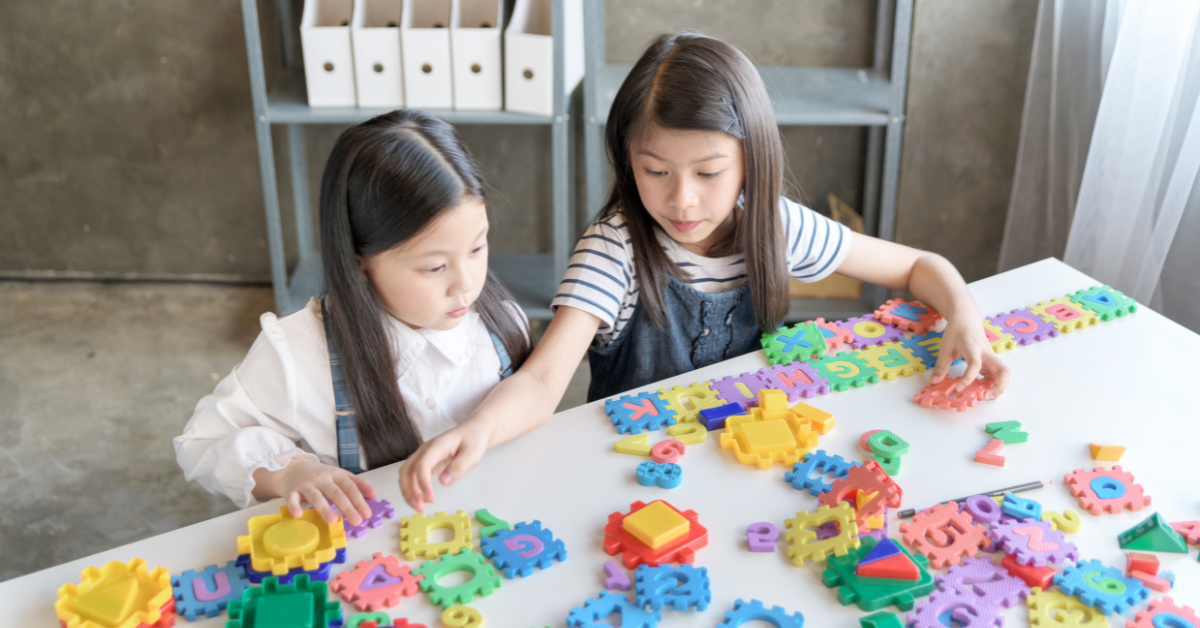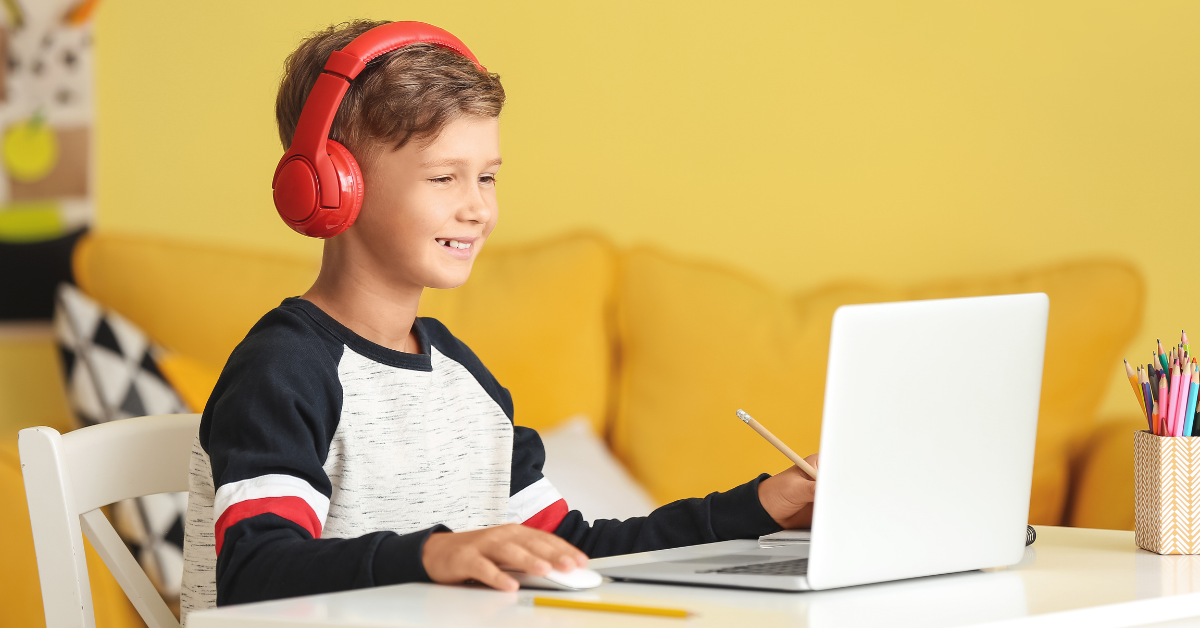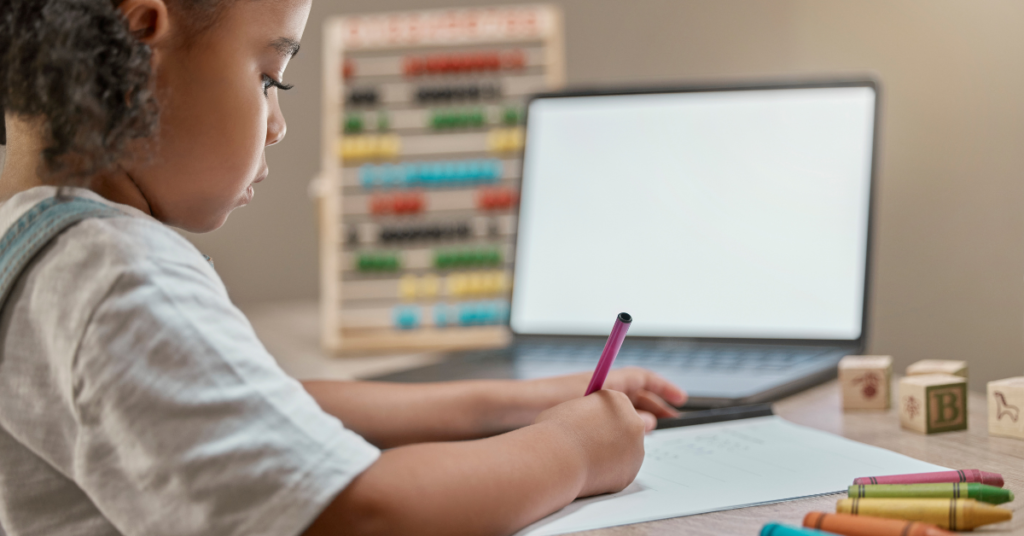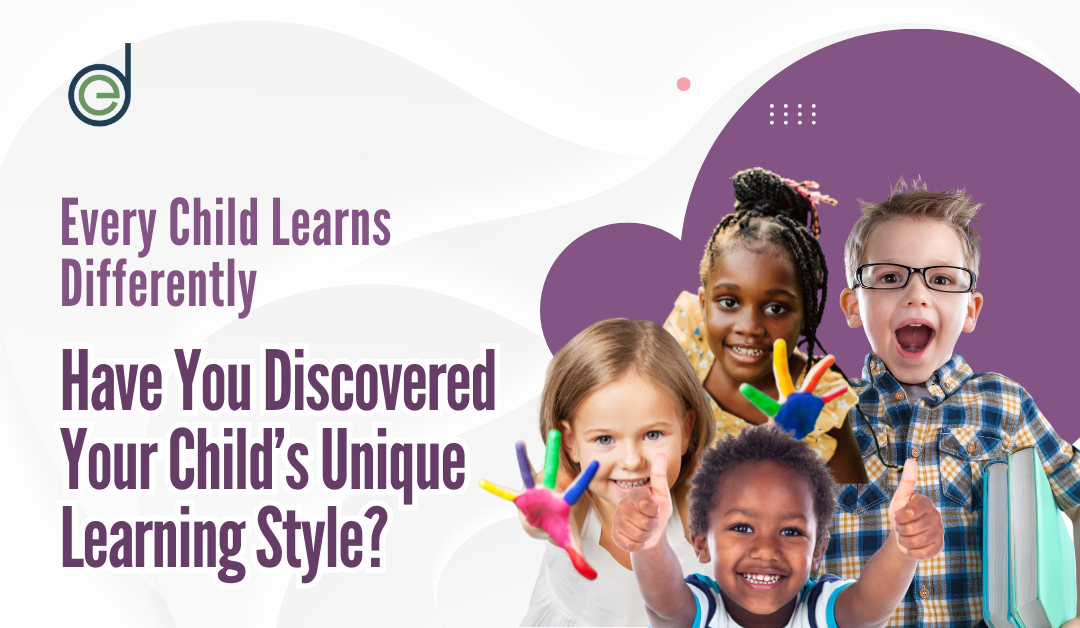Introduction: Every Child Learns Differently
Have you ever noticed how some kids love doodling, while others prefer listening to stories or moving around while learning? That’s because every child has a unique learning style—a way they absorb and process information best. As parents and educators, one of the best ways to support children in their education is to understand how they learn best.
The four main learning styles are:
- Visual learners – Learn through images and diagrams.
- Auditory learners – Learn best by listening and speaking.
- Reading/Writing learners – Absorb information through text.
- Kinesthetic learners – Learn by doing and moving.
By identifying your child’s learning style, you can help them excel in school and beyond. In this article, we’ll explore each learning style in-depth and see how interactive platforms like Scratch and EdSofta enhance learning for different types of learners.
1. Visual Learners: Learning Through Pictures
Visual learners think in images rather than words. They understand concepts best when they see diagrams, colors, and animations rather than listening to long explanations.

How to Identify a Visual Learner:
- They prefer looking at charts, diagrams, and illustrations.
- They grasp new ideas faster when shown examples rather than being told.
- They enjoy watching videos and animations.
- They doodle or draw when trying to remember something.
How Scratch Helps Visual Learners
Scratch is perfect for visual learners because it replaces complex programming languages with colorful, drag-and-drop blocks. Kids can build animations, stories, and games by snapping blocks together like a puzzle. The immediate visual feedback helps them understand coding concepts quickly.
For a child who loves pictures and diagrams, learning through Scratch makes coding an exciting, interactive experience!
Give Your Child the Best Learning Experience!
Register your kid now on EdSofta and watch them thrive in an interactive learning environment!
👉 Click Here to Register Your Kid Now!
2. Auditory Learners: Learning Through Sound
Auditory learners absorb information best by listening. They enjoy discussions, storytelling, and verbal explanations.

How to Identify an Auditory Learner:
- They prefer listening to explanations rather than reading.
- They enjoy talking things out and discussing ideas.
- They remember information better when it’s in a song or rhythm.
- They talk to themselves when trying to solve a problem.
How Scratch Helps Auditory Learners
Scratch combines coding and sound, making it a fantastic tool for auditory learners! Kids can:
- Use sound blocks to create voice commands and sound effects.
- Record their voices to bring their characters to life.
- Make projects where characters speak back to them.
For example, a child could create a game where a Scratch cat says, “Great job!” every time they score a point. This combination of coding and auditory feedback makes learning fun and memorable.
3. Reading/Writing Learners: Learning Through Text
These learners thrive when they read and write. They prefer processing information through written words rather than images or sounds.

How to Identify a Reading/Writing Learner:
- They love reading books, articles, and instructions.
- They take notes and make lists while studying.
- They enjoy writing stories and summaries.
- They learn best by reading and then explaining concepts in writing.
How Scratch Helps Reading/Writing Learners
Scratch is great for reading/writing learners because it allows kids to:
- Script stories and dialogues in their coding projects.
- Write pseudocode before programming, helping them plan their work.
- Document their steps and create structured workflows.
For a child who enjoys writing and structuring thoughts, Scratch turns coding into an extension of their love for reading and writing!
Give Your Child the Best Learning Experience!
Register your kid now on EdSofta and watch them thrive in an interactive learning environment!
👉 Click Here to Register Your Kid Now!
4. Kinesthetic Learners: Learning By Doing
Kinesthetic learners learn best through hands-on experiences. They absorb information by touching, moving, and engaging in physical activities.

How to Identify a Kinesthetic Learner:
- They have trouble sitting still for long periods.
- They remember things better when they act them out.
- They enjoy building, crafting, or playing physically interactive games.
- They use hand gestures when speaking or explaining something.
Things Kids Can Learn Kinesthetically:
- Science through hands-on experiments.
- Storytelling through role-playing or acting out books.
- Math using objects (counters, Legos) to solve problems.
- Scratch Programming through interactive, drag-and-drop activities.
- Languages by singing, dancing, or interactive games.
How Scratch Helps Kinesthetic Learners
Scratch makes learning interactive by allowing kids to:
- Drag and drop blocks instead of typing code.
- Animate characters that move and respond.
- Experiment with trial and error, seeing immediate results in their projects.
For kinesthetic learners, Scratch transforms abstract concepts into hands-on experiences, making learning more effective and fun.
Conclusion: Helping Your Child Learn Effectively
Understanding your child’s learning style is the first step to unlocking their full potential. Whether they learn best through visuals, sound, reading, or hands-on experiences, you can tailor their learning experiences to match their strengths.
Platforms like Scratch and EdSofta make education engaging for all learning styles by providing interactive and flexible tools. By using these resources, parents and educators can help kids develop essential skills in coding, problem-solving, and creativity—in a way that works best for them!
Give Your Child the Best Learning Experience!
Register your kid now on EdSofta and watch them thrive in an interactive learning environment!
👉 Click Here to Register Your Kid Now!




